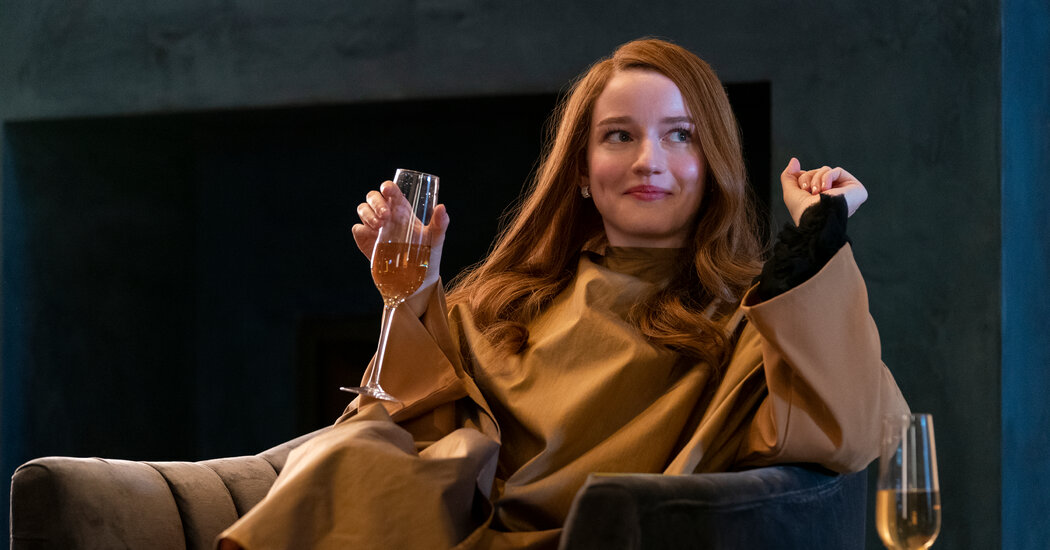

Sometimes the outfits weren’t processed by Rikers in time for court, resulting in fashion meltdowns as she rejected subpar substitutes, one day delaying the court proceedings for almost an hour and a half. I once spotted a bag in the courtroom filled with wardrobe rejects, including a flurry of long sleeves and collared shirts, a light blue sleeveless dress (Ann Taylor, size 10), black pants (J. Crew, size 0) and a medium white button-down collared shirt from the Gap.
It all sounds very dramatic (and it was), but it wasn’t entirely Sorokin’s fault. Several years before her case, a City Council bill banned Rikers jumpsuits from the courtroom as potentially biasing for juries. Even so, Justice Diane Kiesel, the presiding judge, clearly detested the catwalk entrances and the holdups that preceded them — she ultimately announced that if Sorokin did not arrive promptly in court (however dressed), the trial would go on without her.
The accent
Sorokin’s virtually untraceable accent is among her most distinguishing features. Born in a town 20 minutes outside Moscow, she moved to Germany when she was 15 but struck out on her own at 19, flitting from Paris to New York. Her accent is a mélange of influences, from everywhere and nowhere at once.
So did Garner get it right? Ultimately, I found Netflix Anna too nasally, the words harshly diced, each syllable too carefully executed. While Garner has nailed the essence of the accent’s oddity, Sorokin’s actual voice is softer, the pronunciation subtler.
I wondered, too, what Sorokin thought of her TV character. “It’s really hard to tell where she would be from,” she said. Garner’s version, like Anna’s, is a voice without a home, spanning several continents and eras of Sorokin’s life. “She got it right in a way,” Sorokin acknowledged.
